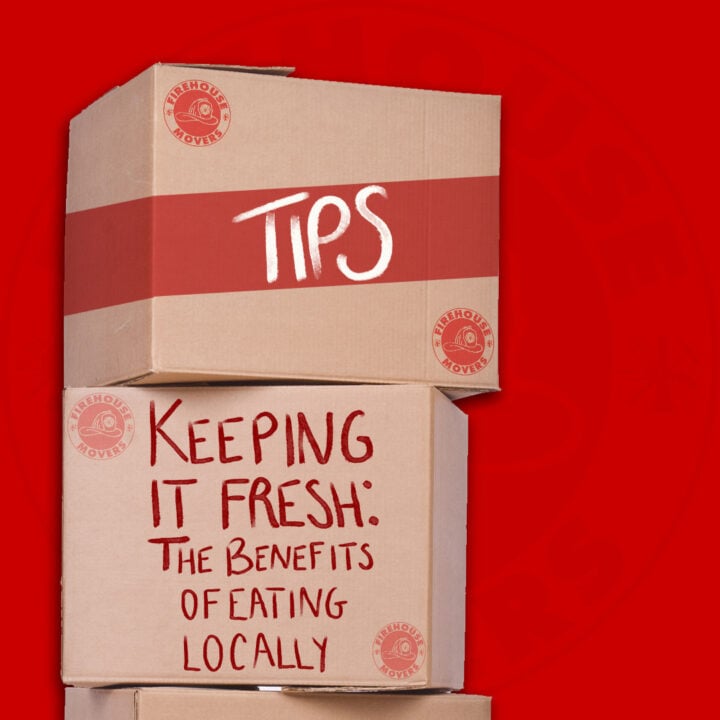Keeping It Fresh: Top 3 Benefits of Eating Local

Eating locally has become a big trend in recent years, and for many good reasons. People are growing more aware of the effects of their diet on their health, the economy, and the planet. So, what is the impact of eating locally? What are the benefits of eating local grown food?
1. Local food has better taste and more nutrition!
When food needs to be transported, it must be picked early instead of at peak ripeness. Eating locally often means that the time between harvest and sale is significantly shortened. Fruits and vegetables have the highest nutritional value right after harvest and then the value declines over time. Research has found that the level of direct farm sales was associated with lower levels of mortality and obesity. So not only does eating locally deliver the fullest flavor possible to you, but also provides for maximum nutrition![1]
2. The money you spend goes right back into your local economy.
We all want to support our neighbors and take pride in our communities, and what better way to do that than by putting our dollars back into them? There are many economic benefits of eating local. The increasing size of corporations (like supermarket chains) is driving unfair competition, versus local business ownership, which strengthens home grown innovation. Local businesses recirculate a larger share of every dollar in the local economy by creating locally owned supply chains and investing in their employees. Local businesses also create jobs (linked to higher income growth and lower levels of poverty) within their communities, which retain more employees during economic downturns.[2]
3. Eating locally reduces food miles.
Making the choice to eat locally provides greener produce AND greener living. One of the environmental benefits of eating locally is a decrease in food miles. “Food miles” refer to the distance food travels from farm to market. This includes travel via truck and plane, both of which rely on burning fossil fuels to reach their destination. The more food miles accumulated, the more fuel burned, meaning more harmful emissions released.[3] It is estimated that meals in the United States travel 1,500 miles on average from farm to plate.[4] A freight truck in the U.S. emits an average of 161.8 grams of CO2 per ton-mile, so if the truck is carrying 20 tons of food and travels 1,500 miles, that’s 4,854,000 grams of CO2, or 4.854 metric tons![5] The closer the food was grown to the point of consumption, the less emissions produced. So, eating local grown food helps reduce your carbon footprint.
How to Find Local Produce in North Texas
Now that you’re aware of the benefits of eating local, it’s time to find a farmer’s market near you. You can always try asking your kindly neighbor, or you can view online resources by visiting Local Harvest or USDA’s directory. If you can’t make the time to visit a farmer’s market, you can try finding a co-op, which is essentially a customer-owned grocery store. Co-ops tend to carry local produce and food items. Visit this directory for service listings and more information about co-ops. Don’t forget that you can also support restaurants that locally source their ingredients when you eat out.
Let Firehouse Movers Be Your Local Guide
As a North Texas moving company, Firehouse Movers is always looking for ways to support our community. In addition to providing residents with top notch North Texas relocation services, we offer expert local advice to our customers. From moving tips to neighborhood information like nearby farmer’s markets, you can rely on our North Texas local movers to help you settle down anywhere in the Dallas-Fort Worth area!
Sources
- Rebecca Dunning, Center for Environmental Farming Systems – Research-Based Support and Extension Outreach for Local Food Systems
- Stay Mitchell, Institute for Local Self-Reliance – Key Studies: Why Local Matters
- Divjot Singh, University of Waterloo – How can buying locally benefit the environment?
- Center for Urban Education about Sustainable Agriculture – How Far Does Your Food Travel to Get to Your Plate?
- Jason Mathers, Environmental Defense Fund – Green Freight Math: How to Calculate Emissions for a Truck Move
